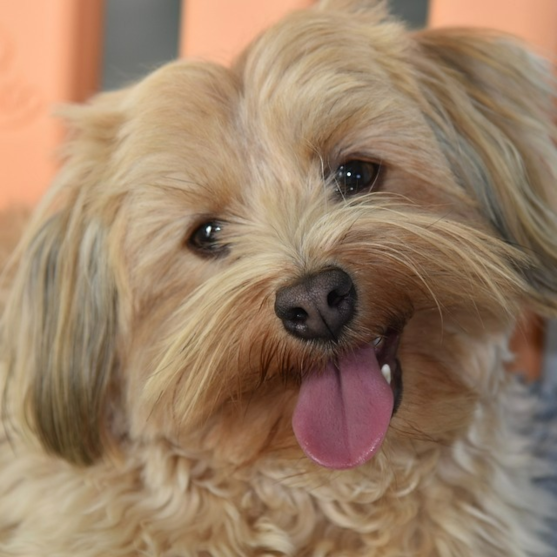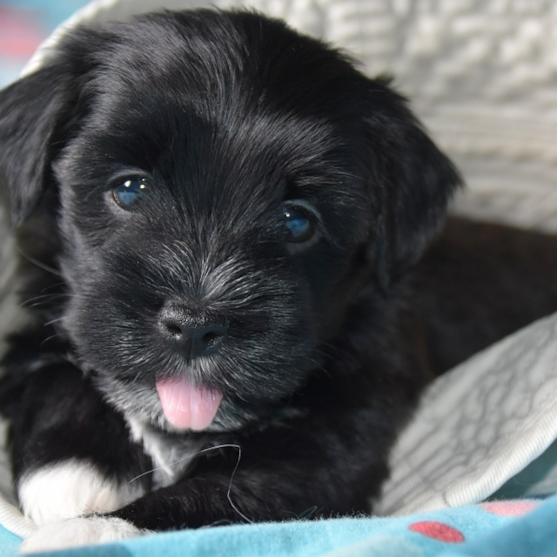Havanese Breed Information


Havanese puppies are adorable, sweet, playful, and as happy as can be. If you’re fond of dog smooches and loving cuddles, you’ll have a new best friend in the Havanese puppy. Havanese puppies are wonderful companions to have by your side in your everyday life. They are always in a good mood which they gladly share with those around them, and they make it their mission to make everyone feel loved. These precious puppies are toy-sized, fluffy, and ready to bounce their tiny paws into your heart.
Characteristics
- An ancient dog breed by all accounts, the Havanese dog has been around since the 16th century
- The Havanese dog was recognized by the American Kennel Club in 1996 as a member of the Toy Group and the Bichon family
- The Bichon Havanese has low exercise needs and very few grooming requirements
- Playful, smart, and adorable beyond measure, the Havanese puppies are a treat to have around. They train easily and are very fond of cuddles
- Socializing, potty training, and leash training a Havanese puppy is effortless
- Low-shedding, hypoallergenic Havanese. The Havanese make excellent pets for family members that suffer from pet allergies
- Highly social and fond of interactions, the Havanese will make friends with every human and dog it meets
- Havanese dogs might suffer from anxiety and separation issues if they are left alone for too long
- Caring and attentive, the Havanese make wonderful emotional support dogs
- The Havanese puppies adapt easily to any environment and living situation as long as they are with their favorite humans

Appearance
The Havanese dogs have a delightful appearance that perfectly matches their sweet, adorable personality. As members of AKC’s Toy Group, these cute little dogs max out at 12 inches tall and 13 pounds – for a full-grown Havanese adult. The smallest Havanese dogs can stand at 9 inches tall and weigh around 6 to 7 pounds. Their hair texture can be slightly wavy, although most dogs generally sport a long, silky, and straight coat.
These cute Toy Havanese dogs have a rounded build and a happy-go-lucky movement. Their tails are always worn upwards, curled, and wagging, and their step is proud with a slight prance. The eyes are dark-colored and almond-shaped with a curious and attentive expression. If their tail wags and happy demeanor don’t make you soft in the knees, their elegant and luxurious coats certainly will.
Havanese hair can grow to the ground in a silky and shiny wave of beautiful colors. These dogs may appear with unique patterns and a myriad of color combinations. Havanese colors include white, silver, gray, black, blue, and chocolate brown. Among the most popular and sought-after Havanese dogs are the black and white Havanese and the Chocolate Havanese puppy.
Temperament
The temperament of a Havanese dog is mild and calm. Unlike most small breeds, the Havanese breed isn’t prone to the small-dog syndrome, which is when an impossibly adorable little dog is spoiled to the point of aggression. Havanese dogs are very composed, often lacking any trace of destructiveness. They don’t shy away when introduced to new people and they are not big barkers.
Since these adorable toy dogs have known sweet companionship for the better part of 5 centuries, they are not ones to display prey drive or territorial instincts. They are more fond of stepping out into the world and making friends rather than gazing at the world with shyness from afar. Havanese dogs love to play games with their humans, go on family trips and vacations, explore, chew on squeaky toys, and visit the dog park every now and then.
Although they are not an overly active dog breed, they do enjoy long walks with their owners, swimming, and ball-fetching games. Indoor activities they love dearly include cuddles on the couch, puzzle games, and naps on laps.
Care
Havanese Grooming
Grooming a Havanese dog is a fairly easy job that requires little effort. Because the Havanese have long, straight, and low-shedding coats, they need to be brushed twice every week to keep their hair from getting tangled. They should also be bathed once or twice every month to keep their coats shiny and clean. As these precious dogs are more relaxed rather than active, they might not be able to file their nails down on their own and should be given a clip every once in a while. Their ears and teeth should be cleaned regularly as well.
Havanese Exercise Needs
The beautiful Havanese dogs have medium to low exercise needs. They prefer fetching games as opposed to long walks. If you have a fenced yard at home, give your little Havanese some off-leash time to roam around and burn any excess energy. A short walk in the morning and one in the evening should suffice to keep your little one wagging its tail in delight.
Havanese Health
Havanese dogs are not as prone to suffer from severe health issues as other dog breeds are. They may suffer from common old age problems such as blindness, deafness, and joint issues. Other Havanese health problems, although rare, may include ear infections, dental issues, allergies, and obesity in some dogs.
Havanese Lifespan
The Havanese life expectancy is between 13 and 15 years. Although the 15-year lifespan is common among Havanese dogs, it is not uncommon for this breed to reach 17 years or more of age. To make sure your fur-ever friend lives a long and beautiful life, it is essential that you provide them with care, age-appropriate food of good quality, proper exercise, and plenty of love.
Havanese Training
The young Havanese puppies are bright little darlings that love to explore every nook and cranny of the house. Their puppy energy might be hard to handle at first, but once their attention is captured, they become the most eager students. These beautiful puppies need serious motivation as they will not just sit on command without being properly rewarded. Their favorite treats and toys are what their heart desires, so make sure to have plenty on hand. Havanese puppies will respond well to your calm instructions and gentle approach. They don’t take well to being yelled at or punished as they are much too sensitive and will most likely become shy or even scared.
It is beneficial to socialize the Havanese puppies early to avoid them becoming reserved or anxious around other dogs or strangers. It is best to first introduce them to family members inside the home before they are ready for their first walks.
Separation anxiety is common among adult Havanese dogs, so training them to be independent is a must during early puppyhood. The best way to teach your little Havanese puppy to be independent is to provide it with plenty of fun activities it can do on its own. Games, puzzles, Kong toys, and squeaky toys work wonders in keeping your little fur baby busy while you’re away.
History
The Havanese dogs are originally from Cuba, where they are believed to have first emerged at the start of the 1500s. These lovely toy dogs are also commonly known as the Havana Silk Dogs and the Bichon Habanero. Like all Bichon dogs, the Havanese too were kept as companion pets by the rich and famous of olden times. Royals, aristocrats, and noble families always loved having adorable toy-sized dogs by their side. Unlike other breeds, the Havanese dogs were never put to work as ratters, hunters, or retrievers. Their sole purpose was to offer companionship and so, the Havanese was never a stranger to easy and luxurious living.
As their history teaches us, the Havanese ancestors arrived in Cuba by ship alongside the Spanish colonists. Upon arriving in Cuba, the precious, never-before-seen dogs were met with instant appreciation. It wasn’t long before Cubans named the little dogs Havanese (Bichon Habanero) and made them their national dogs. 500 years ago, it was uncommon for regular families to own pets that served no purpose other than companionship. As it was with most dogs during the 1500s, the Havanese were only owned by rich families who could effortlessly care for them.
As their popularity grew more and more, the Havanese took to ships again, traveling the world over and making headlines wherever they stopped. As they reached the shores of the United States, they were yet again met with popularity. The American Kennel Club recognized the Havanese breed in 1996, adding the dogs to the Club’s Toy Group.





